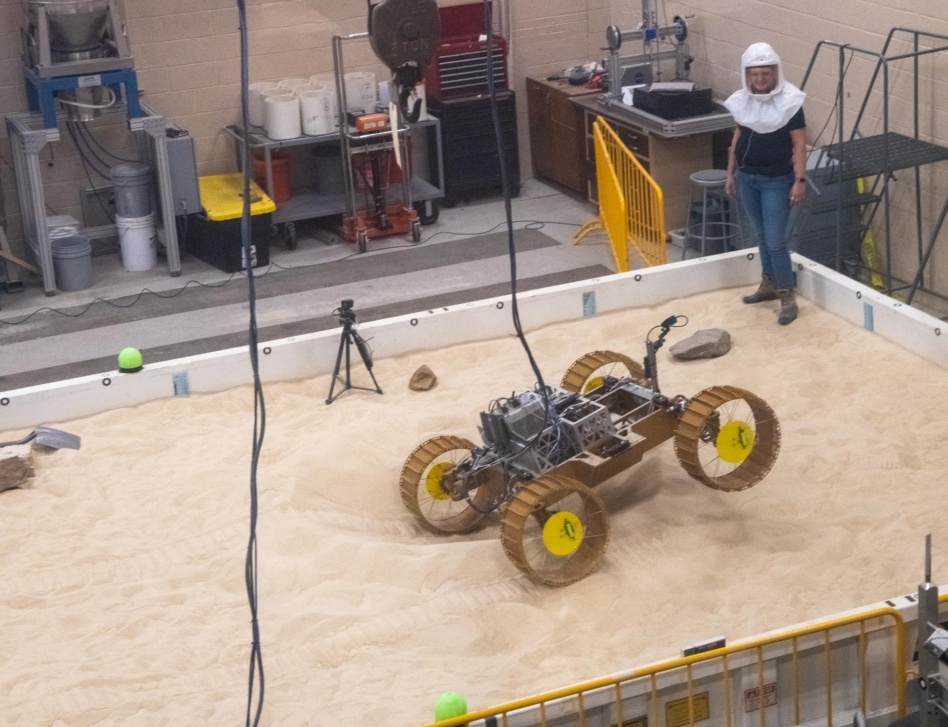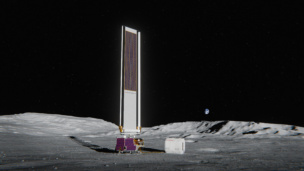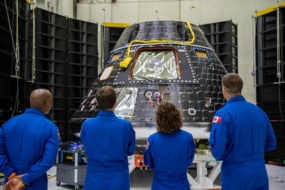NASA formally asked if anyone can make use of its largely-completed $450M Moon rover in a request for information released Friday.
The agency canceled the Volatiles Investigating Polar Exploration Rover (VIPER) last month amid growing costs and a lagging schedule. Now, facing criticism from scientists and lunar advocates, it is hoping another organization can do it a solid and bring the water-hunting robotic golf cart to the Moon.
NASA is proposing that another organization take the rover, finish its testing, deliver it to the Moon, gather data, and share it openly—at “minimal to no additional cost to NASA.”
Who can do it? Scientists cried foul at losing access to ground truth about how volatile chemicals, particularly water ice, are distributed on the lunar surface, but it’s unlikely that an academic institution can quickly produce the $100M that might be needed to save the mission.
A likelier route is that one of the companies developing lunar infrastructure will take over the mission. Astrobotic was intended to deliver VIPER, but it’s not clear if it can continue the job without additional funding. Intuitive Machines, the lunar company scheduled to attempt its second landing this year, said last week that it sent a letter to NASA offering to take over the rover project.
“Overall science, prospecting, and operational value from VIPER is value-added for Intuitive Machines’ future South Pole landing, [lunar terrain vehicle] operations, and resource utilization service goals,” an IM spokesperson told Payload.
Déjà vu all over again: This isn’t the first time this program has been “saved” by the private sector. In 2018, NASA canceled the Lunar Resources Prospector, a project with a similar set of scientific instruments and goals.
NASA is also trying to tap the private sector to bring to Earth the samples it has collected on Mars after the return ride grew too costly.
If a private company does rescue VIPER, the world could gather important data about resources on the Moon. But NASA’s decision to move forward with its Moon program without this critical data does return us to the perpetual question of whether the Artemis program is really about sustaining a long-term return to the Moon, or simply a plan to deliver flags and footprints.




